Last updated: July 29, 2022
Article
Celebrating Park Rangers Around the Globe on World Ranger Day
National parks became a global phenomenon after the establishment of Yellowstone National Park 150 years ago. The national park “idea” is one of our country’s most important contributions to the global community. The National Park Service has worked with park agencies around the world to establish parks and protect natural and cultural heritage sites, and it played a key role in the development of the 1972 World Heritage Convention, inspired in part by the US National Park System. The National Park Service has benefited at least as much from international work as it has shared, gaining new perspectives and learning from others’ experience in park management.
Today there are thousands of national parks and other protected areas across the world. National Park Service rangers are part of a global community of rangers working to ensure the protection and the public’s enjoyment of the world’s natural, cultural, historical, and recreational resources.
Every year on July 31 we celebrate those rangers as part of World Ranger Day. The worldwide celebration commemorates rangers killed or injured in the line of duty and honor the work rangers do every day on behalf of all of us. We want you to meet some the rangers the National Park Service has worked with making a difference across the globe.
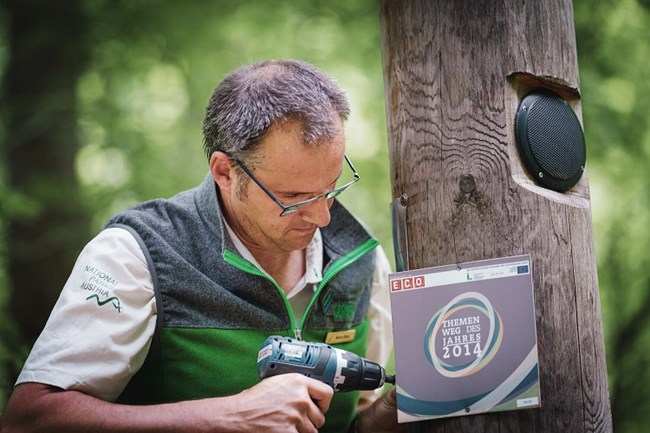
Courtesy of Stefan Leitner
Markus Blank, Chief of Maintenance at Gesäuse National Park, Austria
Markus oversees all manmade structures and infrastructure in the park, such as buildings, trails, boards, signs, waysides, parking lots, climate stations, and more. He also oversees all maintenance staff. Gesäuse National Park is in Styria, Austria. It spreads over 12,000 hectares (nearly 30,000 acres) of land in the European Alps and is home to numerous plant and animal species.
Markus studied electrical engineering and worked in information technology for many years. He eventually quit his job and was trying to figure out what was next. And on a trip to some US national parks, he instantly knew what that was: he wanted to become a park ranger. Markus contacted the international volunteer coordinator at the National Park Service Office of International Affairs and was able to find a position as a volunteer at Santa Monica Mountains National Recreation Area. When he went back home, he applied to become a park ranger at Gesäuse National Park. He worked as an ranger interpreting the park’s natural and cultural resources to the public for a few years before becoming the chief of maintenance.
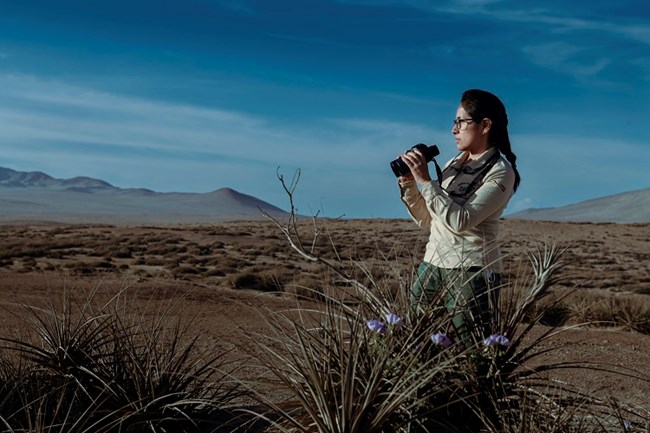
Courtesy of Miguel Zamalloa
Paola Luyo, Specialist and Forest Ranger at San Fernando National Reserve, Peru
Paola started working at the age of 24 as a forest ranger at the San Fernando National Reserve in Peru. She is the first, and to date, the only female ranger working in the reserve since the area was established 11 years ago. In 2015 she became a specialist at the reserve, working more in a ‘protected area’ management role and monitoring maritime coastal species. The San Fernando National Reserve is a coastal desert park that covers 154,716.37 hectares (more than 830,000 acres). Its purpose is to conserve the biological diversity of the marine-coastal ecosystems, which are part of the ecoregions of the cold sea of the Peruvian current and the warm temperate Pacific desert, as well as to promote the sustainable use of the natural resources of the area.
Paola decided to become a ranger in order to contribute to the conservation and preservation of a vast ecosystem, like a coastal marine ecosystem, and the San Fernando National Reserve is one the best and largest representatives of this type of ecosystem in Peru. Paola says she is proud of the amount of people she has met who are now aware of the importance of preserving these protected areas, showing that a great job has been made during these 10 years that she has been working there.
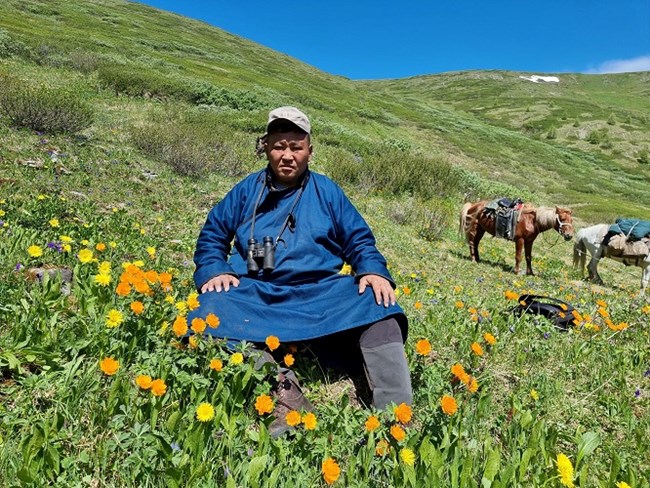
Courtesy of Mongol Ecology Center
Tumursukh Jal, Superintendent of the Ulaan Taiga Strictly Protected Areas, Mongolia
Tumursukh started his career as a park ranger at the Lake Hovsgol National Park in 1987, leaving a prestigious job opportunity in the city. He wanted to protect the Blue Pearl, or Khuvsgul Lake, the largest freshwater lake in Mongolia when it relates to volume, and second largest by area, where he wanted to raise his children, some of whom also became park rangers. Much later, in 2012, he became a superintendent at the Ulaan Taiga Strictly Protected Areas when it was first established. The park covers a vast land of 434,900 hectares (over 1 million acres).
In 2016 Tumursukh traveled to the United States with the help of the Mongol Ecology Center. He visited a park signs shop. Upon returning home, he built a small shop next to the park’s administration and started building affordable, environmental-friendly national park signs for parks around Mongolia. For years Tumursukh has been supporting other national parks with his expertise and sharing his story around Mongolia to inspire an environmental conservation mindset among youth.
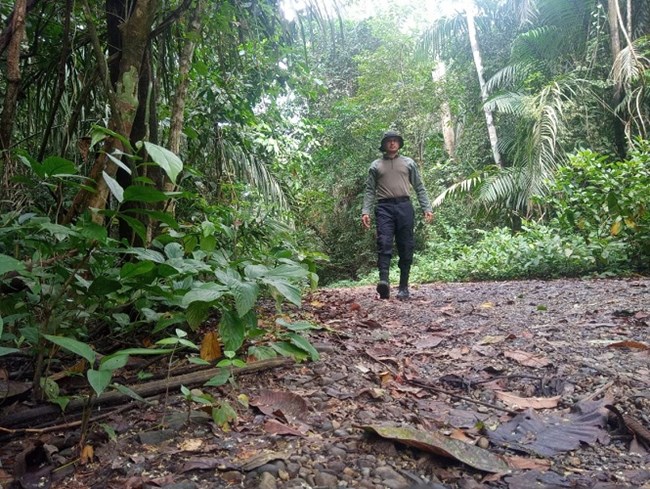
Courtesy of Dionel Ortega
Dionel Ortega, Park Ranger at Soberanía National Park, Panama
Dionel’s job is to look after the protected areas of the park and making sure no illegal activities are happening in the area. As a park ranger he patrols the park both on land and in the water, he sometimes works mornings or nights, he helps monitor wild species and does rescue and release of species. He also helps welcome visitors and help them find trails to walk or whatever they need to know. During the summer days, Dionel also helps attend wildfires that sometimes happen. Soberanía National Park is the most accessible national park from Panama City, sitting near the banks of the Panama Canal on the canal zone construction site and spanning 55,000 acres.
Dionel loves his job because nature and taking care of our natural resources makes him the happiest. He always wanted to protect and be part of the conservation of forests and natural areas. Being outside, interacting with nature and the outdoors as well as learning about plants and animals, is something Dionel is passionate about. For him there is nothing more pleasant than breathing fresh air and drinking water from a natural stream.
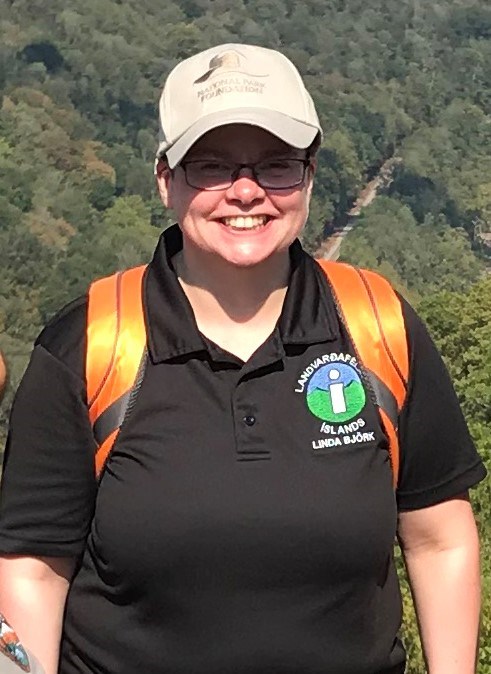
Courtesy of Linda Björk Hallgrímsdóttir
Linda Björk Hallgrímsdóttir, Assistant Park Manager at Vatnajökull National Park, Iceland
Vatnajökull National Park in Iceland encompasses the Vatnajökull glacier and extensive surrounding areas. In 2019 the park was inscribed as a World Heritage Site. Linda’s job as an assistant park manager involves coordinating schedules and organizing tasks for rangers and other staff at her workstation in Sakftafell. She also works with the public taking care of permissions for events in the park, filming and research requests, and manages a big camp site in the area.
Linda always loved the outdoors and traveling and knew that she wanted to work somewhere outside where she could connect with nature. She didn’t know about park rangers until she was in college when she saw an advertisement about a course to become a ranger. She started her first ranger job back in 2002, her dream job. She says what she loves the most about working as a ranger and a park is not just working in nature and conservation, but also how dynamic the work can be. She says every day is different and you never know what turn the day may take.
